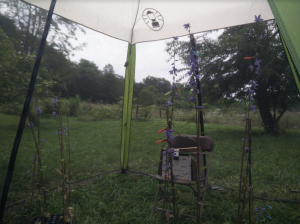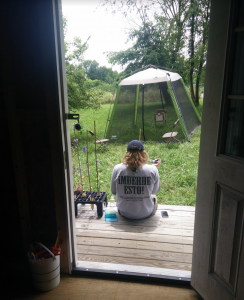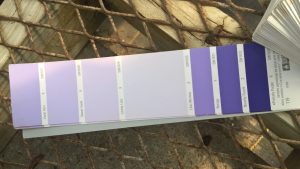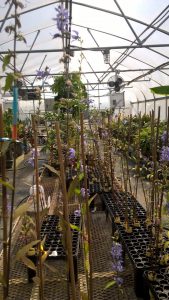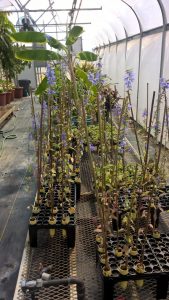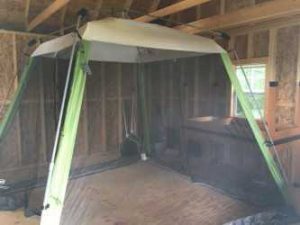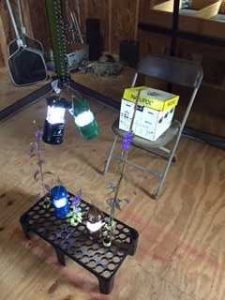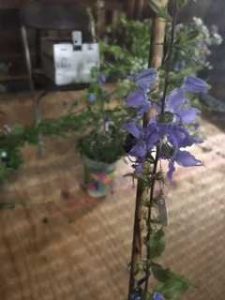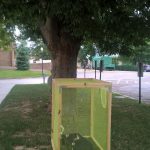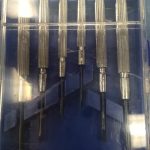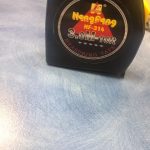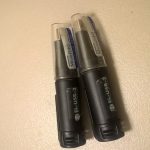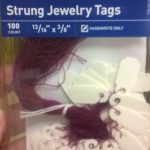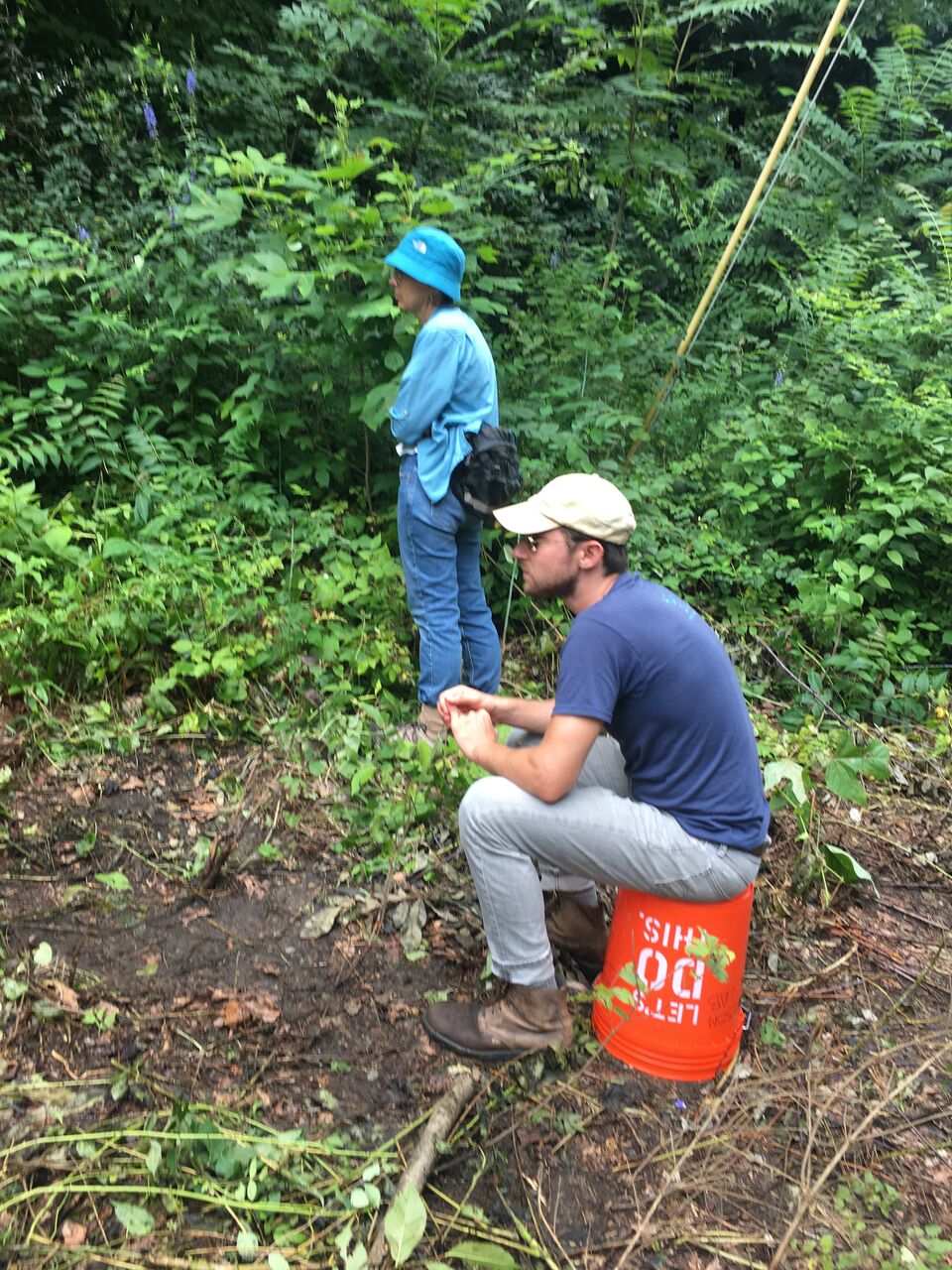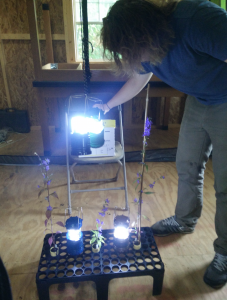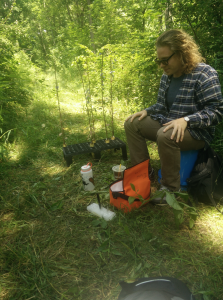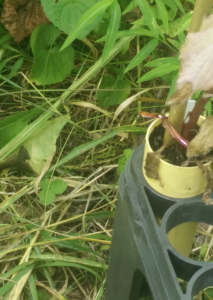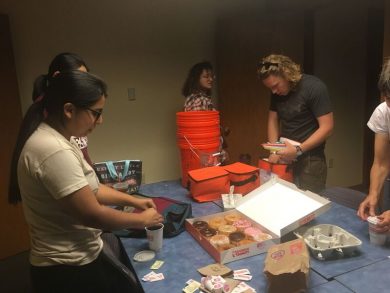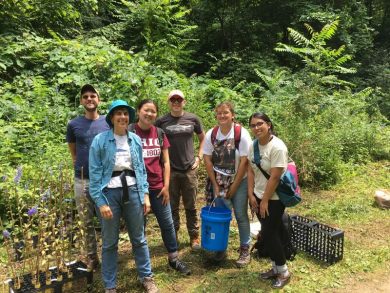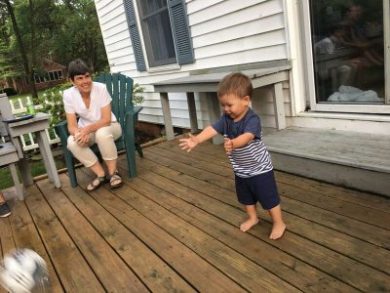This past week has been a busy one. Jack and I have been out to Fern Valley the past seven days working hard at training and testing the bee hive, with Sara splitting her time between data collection and counting for her abiotic project. We’ve had a bumpy ride with the colony, but we’ve managed to get some data from several of our foragers. I am currently sitting at the airport waiting to go home for a few days before the start of the semester, but Jack still has a couple more days out at Fern Valley with the bees so I wish him all the best!
It feels good to be going home at the end of a long week, but I will miss sweating profusely out in the field with everyone in the Ison Lab. This summer has been a great research experience and I feel like I have come away with a lot. Before the bellflower project, I never fully appreciated all the preparation and “behind-the-secenes” work that goes into a research project. I’d like to give a big thank you to Dr. Ison, as well as Matt and Dr. Galloway over at UVA for all of their help and guidance! Also a very big thank you to our excellent sophomore research assistant, Sara!!
Sharing Ashely’s sentiment, I am looking forward to working alongside the Ison Lab in the fall as we continue onto the next phase of I.S.!

